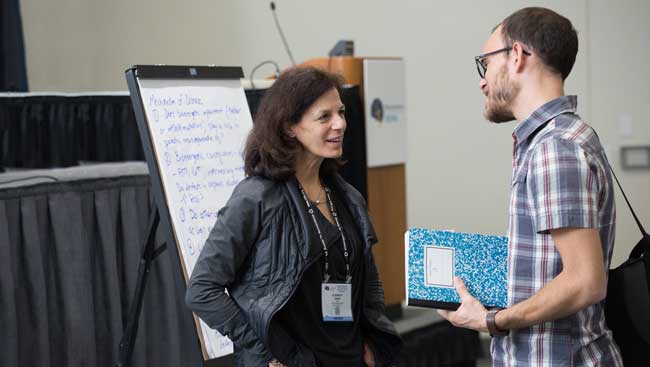
Published papers are the currency of success in neuroscience, yet the process of publishing a paper can be mysterious, especially to trainees. Here are four of the most surprising things I learned about the publishing process as a first-time author.
Every part of the process will take longer than you expect.
The timescale was the most surprising part about publishing a paper. The necessary experiments took 50 percent longer than I had expected, and then I found out that once we submitted our manuscript to a journal, the peer review process lasted for several months. The process can take even longer if you submit to a top-tier journal or are rejected by one or more journals. I’ve learned that by the time most papers are published, the authors have already moved on to another project. In my case, I had already been out of my lab for more than a year before the paper came out.
Organization is critical.
One of the most impactful lessons I learned from writing a paper was the importance of carefully labeling, annotating, and storing my data. Here’s a test: Could you sit down right now and accurately represent data you collected more than a year ago — and data collected more than two years ago by someone who left the lab?
These are the kinds of organizational challenges that scientists are increasingly facing, especially with the growing use of large data sets. I consider myself a fairly organized person, but even I was overwhelmed when it came time to write my papers. I learned the hard way to keep careful notes about my experimental conditions and data analyses.
The story will change.
When I first began my postbaccalaureate fellowship at NIH, I expected to be studying circuits related to feeding behavior. However, halfway through our experiments, we realized that the circuit we were studying was actually important for physical activity, not feeding. This epiphany changed the direction of our research and led to a different set of experiments than I had been expecting.
Good science means following the data, not your a priori hypotheses. Therefore, the story you tell in your paper will likely change over the course of your study — and that’s OK!
Telling a good story requires editing.
My most heartbreaking moment while writing a paper came when I realized that less than half of the data I’d collected during an eight month experiment would be included in the paper. It turned out that some of the control groups and experiments I ran weren’t necessary to prove our point.
Writing a scientific paper is like telling a story. Although you want to share every last detail, sometimes those details confuse the narrative and obscure your main point. You want your readers to be able to follow your line of reasoning, which means that some experiments will end up in the supplementary figures or left out of the paper. It may feel like you performed those experiments in vain, but I like to think that every piece of data we collect leads us to our conclusion, even if we can’t share it all in the end.
For more about the publication process from the perspective of authors and reviewers, listen to SfN’s podcast for members and the public, The Perils of Publishing.











